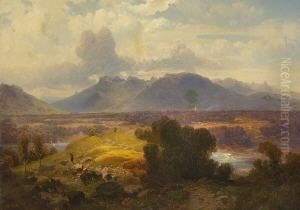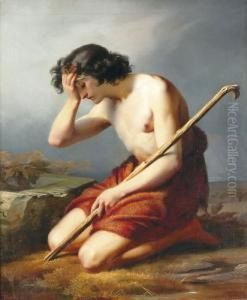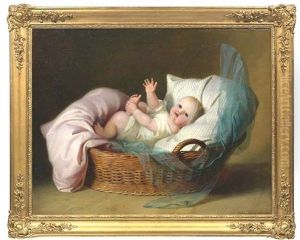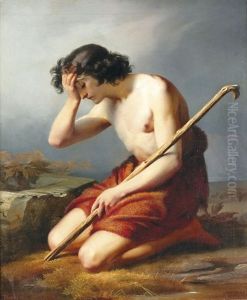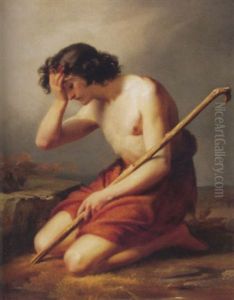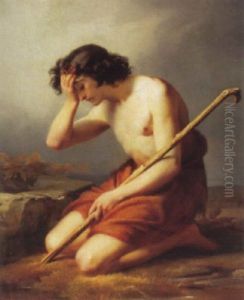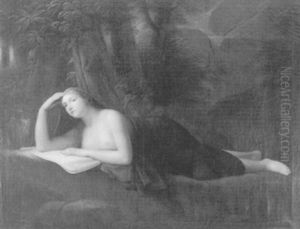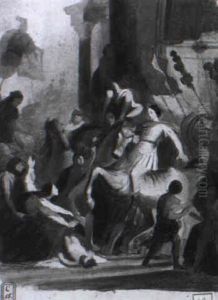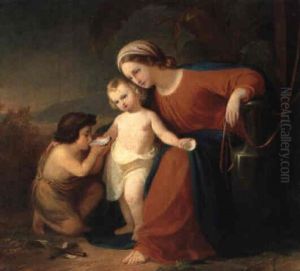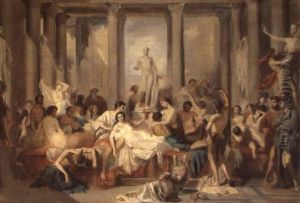Theodor Von Deschwanden Paintings
Theodor von Deschwanden was a prominent Swiss painter and illustrator, born in 1854 and passing away in 1918. He hailed from a period where European art was transitioning through various styles, from Romanticism to Impressionism, yet his work often reflected a deep adherence to the traditional and historical themes, rather than the avant-garde movements of his time. Deschwanden's body of work is noted for its detailed historical paintings, religious scenes, and portrayals of Swiss folklore, which played a crucial role in defining Swiss national identity through visual arts.
Deschwanden was trained in Munich, a major center for art and culture in the 19th century, which was influential in shaping his artistic direction. His education under prominent artists of the time exposed him to a rigorous academic style, emphasizing precise technique and a clear narrative structure in painting. This training is evident throughout his career, as he meticulously crafted scenes with historical accuracy and emotional depth, making his work popular among institutions and private collectors alike.
Despite his traditionalist approach, Deschwanden's art was not immune to the influences of his contemporaries. He showed a keen observation of light and shadow, and his later works hint at a softer, more impressionistic touch, likely a nod to the changing tastes of the late 19th and early 20th centuries. However, his commitment to storytelling through historical and religious motifs remained unwavering.
Theodor von Deschwanden's legacy is particularly evident in Switzerland, where his works are preserved in museums and considered an integral part of the country's cultural heritage. His paintings continue to be studied for their technical proficiency, their contribution to Swiss historical narrative, and their place within the broader context of European art history. Despite this, he remains a less familiar figure outside of Switzerland, overshadowed perhaps by the more revolutionary artists of his time. Nonetheless, his dedication to the craft and his impact on Swiss art history make him a significant figure worth revisiting for art historians and enthusiasts alike.
